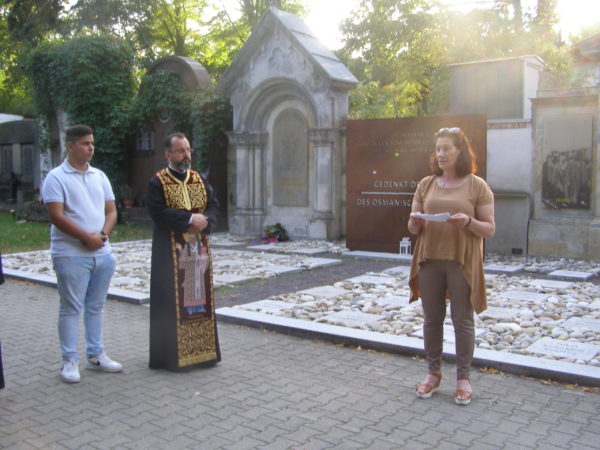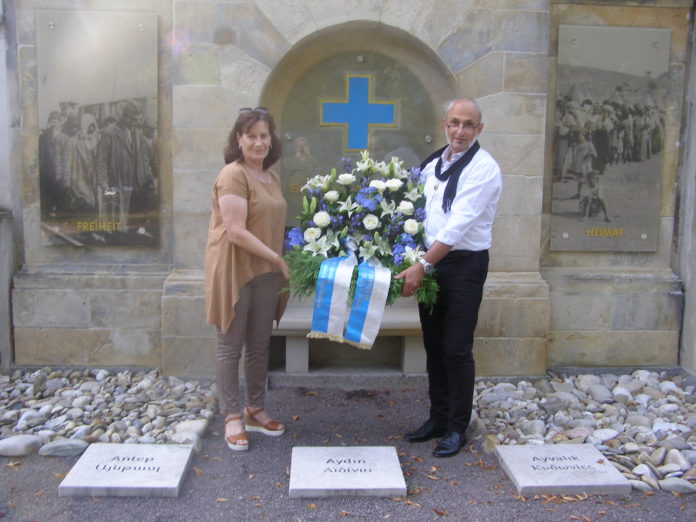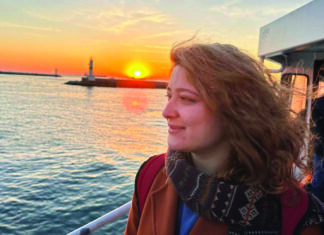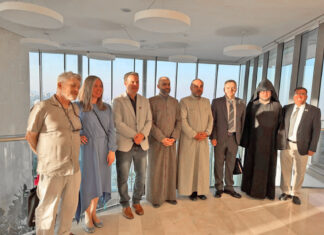BERLIN — At the Luisenkirchhof cemetery in Berlin-Charlottenburg, large, imposing structures stand in solemn commemoration of genocide victims. These are the Altars of Remembrance, dedicated to the memory of the more than 3 million Christian genocide victims in the Ottoman Empire. They are the Armenians, Pontic Greeks and Syrian Orthodox who were massacred. The altars are the work of the Promotional Society for the Ecumenical Monuments for Genocide Victims of the Ottoman Empire (FÖGG), which plans commemorative events several times a year.
September 12 and 13 marked the Day of the Open Monument, organized by the German Foundation for Protection of Historical Monuments and the Senate Administration for City Development and Ecology. On the first day, Prof. Tessa Hofmann, President of the FÖGG, led a tour through the ecumenical monuments, and on the second day a ceremony was held in honor of the victims of the Iznik massacres of 1920. Dr. Stefan L. Toma, a priest from the Christi Himmelfahrt Greek Orthodox community in Berlin, laid a wreath and offered prayers. At the end, the names of the families were read.
In her presentation, Hofmann reviewed the tragic history of the massacres in August and September 1920.
“We know the city of Iznik in the ancient region of Bithynia by its Greek name Nicea,“ she said. “According to historical accounts, here, not far from the capital Byzantium, or Constantinople, two ecumenical councils were held, in the 4th and 8th centuries. The cathedral of Hagia Sophia, where the second Nicene Council took place, was converted to a mosque on Erdogan’s orders in 2011. In 1920 it was the scene of crimes perpetrated by Kemalist nationalists.

“One hundred years ago, in 1920, the Bithynian districts Bursa (in Greek Prussa), Iznik, as well as the Yalova peninsula and the city of Izmit were terrorized by a group of Kemalist irregulars under the command of a certain officer, Cemal Bey. Cemal was also responsible for the massacre on August 27, 1920.“
Hofmann cited contemporary documentation from the Ecumenical Patriarch of Constantinople that summarized the situation in the Nicene diocese as follows: “This district had for a long time been terrorized by Turkish and especially Laz bands. Robberies in the very streets, raids into Christian communities and abductions of Christian notables were none but too frequent.“








